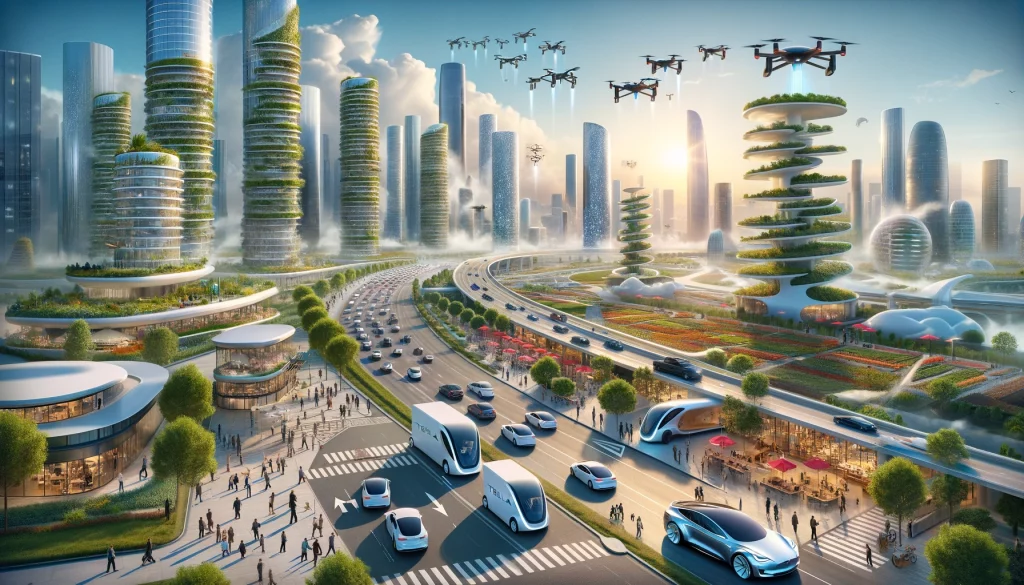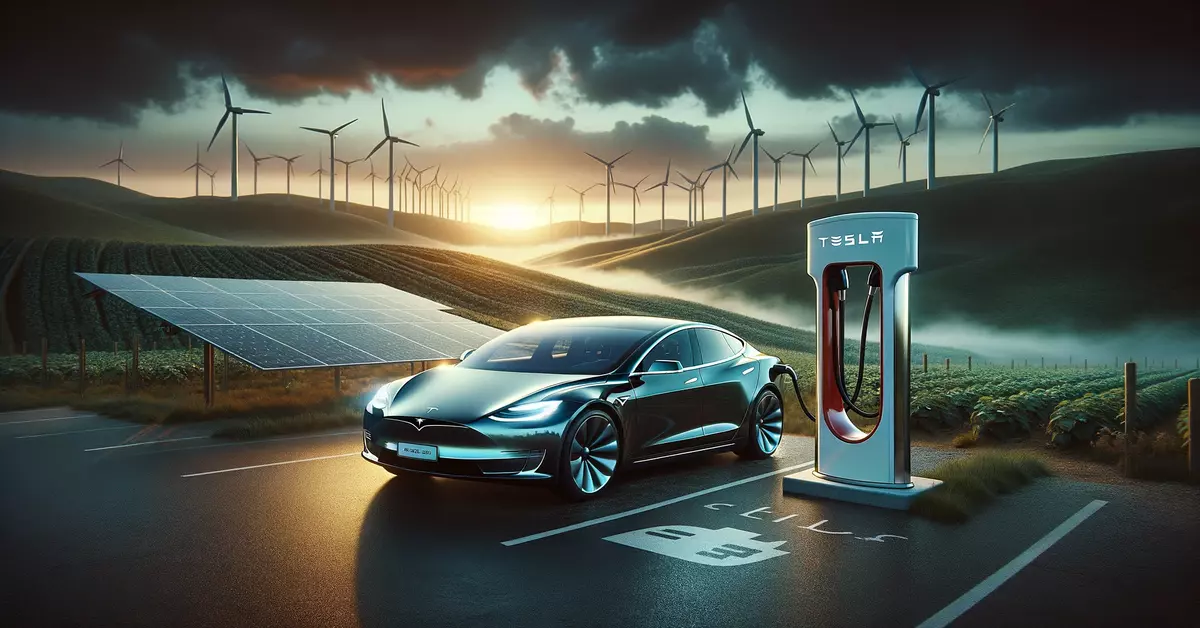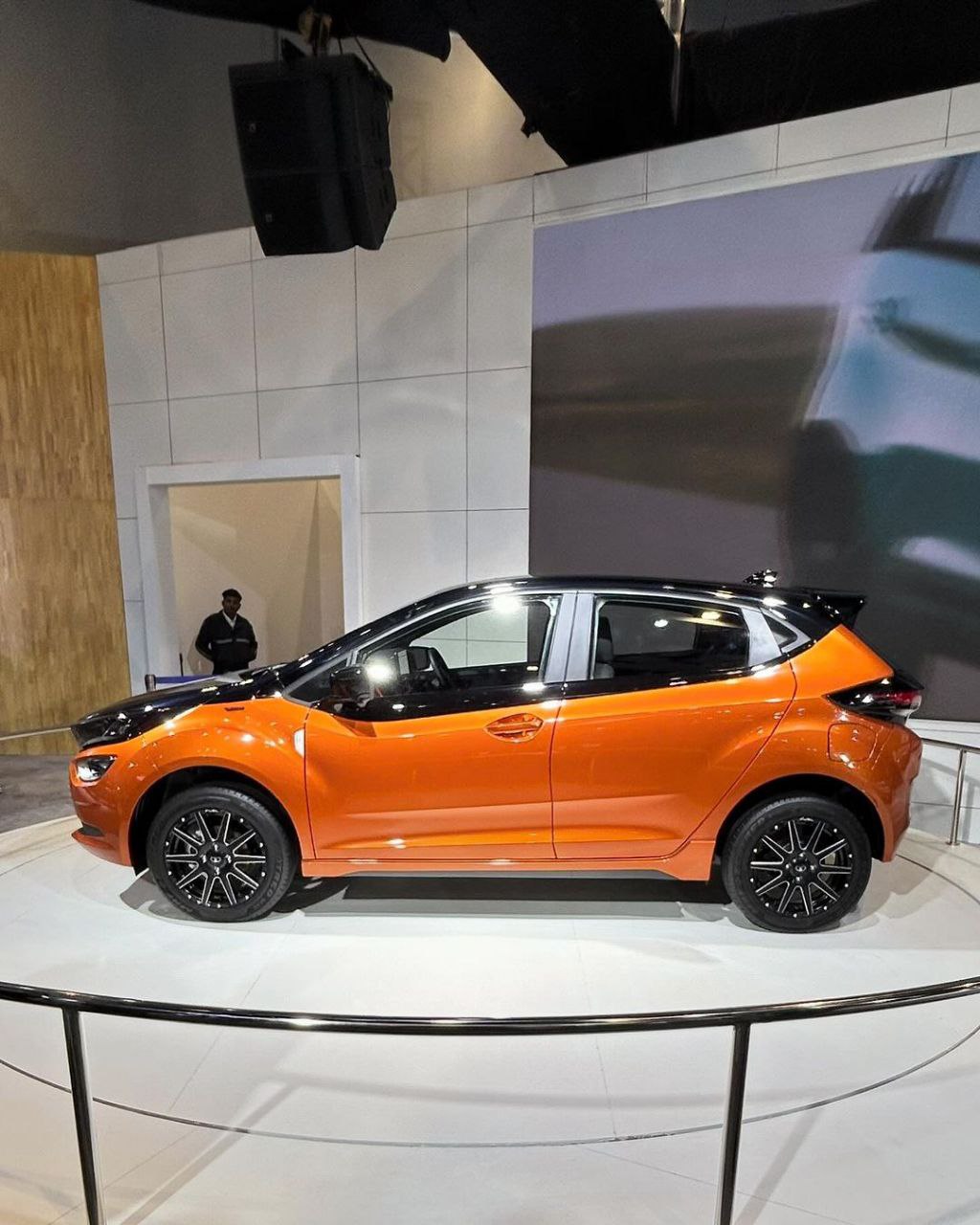Tesla, Inc. is more than just an automaker; it’s a technology innovator on a mission to propel the world towards a sustainable energy future. Founded in 2003, Tesla has shattered the conventional wisdom that electric vehicles (EVs) can’t compete with gasoline cars, offering high-performance vehicles that are both eco-friendly and a thrill to drive. Under the leadership of Elon Musk, Tesla has embarked on a relentless quest to reduce global dependence on fossil fuels through its electric cars, solar energy products, and energy storage solutions.
Table of Contents
History of Tesla
Tesla’s journey began with the introduction of the Tesla Roadster in 2008, the first highway-legal electric vehicle to use lithium-ion battery cells. Despite initial skepticism, the Roadster’s success proved that EVs could offer high performance and long-range capabilities. This was followed by the launch of the Model S, a luxury sedan that received numerous awards for safety, performance, and efficiency. Over the years, Tesla expanded its lineup with the Model X SUV, the more affordable Model 3 sedan, the Model Y compact SUV, and announced the futuristic Cybertruck and the Semi truck, showcasing Tesla’s commitment to innovation and the broadening of its market reach.
Tesla’s Product Line
- Electric Vehicles: Each Tesla model has set benchmarks in its segment. The Model S redefined luxury electric sedans with its impressive range and acceleration. The Model 3, aiming at a broader market, became the world’s best-selling electric car. The Model X introduced unparalleled safety and performance in an SUV, while the Model Y has become a key player in the compact SUV segment. The upcoming Cybertruck and Roadster promise to push the boundaries further with unique designs and performance specs.
- Solar Products and Energy Storage: Tesla’s solar products, including Solar Roof and Solar Panels, aim to transform sunlight into clean energy efficiently. The Powerwall, Powerpack, and Megapack batteries store this energy, stabilizing supply and demand, and making renewable energy more accessible and reliable.
Innovation at Tesla
- Autopilot and Full Self-Driving: Tesla’s Autopilot and Full Self-Driving (FSD) capabilities are at the forefront of automotive autonomy, offering features like automatic lane changes and summoning the car from a parking spot. Continuous improvements through over-the-air software updates aim to achieve full autonomy.
- Battery Technology: Advances in battery technology are key to Tesla’s success, with efforts to increase energy density, reduce costs, and extend lifespan. Tesla’s Battery Day announcements highlighted goals for a more sustainable battery system, potentially revolutionizing energy storage and EV affordability.
Tesla’s Manufacturing and Infrastructure
- Gigafactories: Tesla’s Gigafactories are pivotal in achieving economies of scale, reducing battery costs, and meeting production demands. Locations like Nevada, Shanghai, Berlin, and Texas are strategic in global expansion efforts, emphasizing sustainability in manufacturing.
- Supercharger Network: The Supercharger network supports Tesla’s mission by providing convenient, fast charging for EV owners, encouraging adoption. Expansion plans aim to cover more areas, making EV travel more accessible.

Environmental Impact and Sustainability
Tesla’s impact on the environment is profound, significantly reducing carbon emissions through its EVs and renewable energy products. Initiatives like recycling old batteries into new ones and using renewable energy sources for manufacturing processes underscore Tesla’s commitment to sustainability.
Business Model and Market Impact
Tesla’s direct sales model, bypassing traditional dealerships, has reshaped the car buying experience, offering transparency and convenience. Its impact on the stock market, with valuations surpassing traditional automakers, reflects its disruptive potential and investor confidence in the sustainable energy market.
Challenges and Controversies
Despite its successes, Tesla faces production challenges, regulatory scrutiny, and public debates over Autopilot safety. Addressing these issues transparently and effectively is crucial for Tesla’s continued growth and acceptance.
The Future of Tesla
Looking ahead, Tesla plans to expand its product line, enhance its technologies, and increase its manufacturing capabilities. With projects like the Cybertruck, Semi, and further advancements in battery technology, Tesla aims to maintain its leadership in the EV market and continue its mission towards a sustainable energy ecosystem.
Conclusion
Tesla’s journey from a niche electric carmaker to a leading force in the global push for sustainability and innovation is a testament to its vision and persistence. As it continues to challenge the status quo, Tesla not only drives the future of transportation but also redefines our relationship with energy, setting a benchmark for a cleaner, more sustainable world.








Leave a Reply